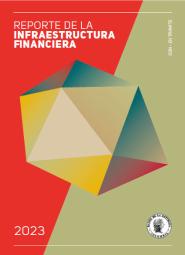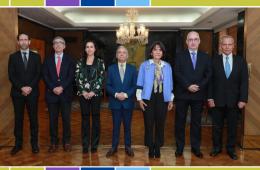1973
Nationalisation of the Banco de la República. The Government, having withdrawn as a shareholder in the Banco de la República in 1951, once again assumed this role during this period. The Government acquired all the shares in the Bank leaving one share for each of the shareholding banks.
The reforms to the monetary system and the Issuing Bank, contained in Law 7 and Decree 2617, culminated in the effective nationalisation of the Bank’s capital, given that the State became the owner of almost all of the Bank’s shares. Thus, the Bank became an economic, public law entity with duties and functions that could not be delegated. Nevertheless, representatives of different sectors such as the Government, exports, consumers, banking, production and distribution continued participating in the Board of Directors.
Despite nationalisation of the Bank and the essentially public nature of its functions,
the Bank preserved its special autonomy vis-à-vis other institutions of the public administration, thus extending the tradition of autonomy granted since its creation.
At the end of the 1980’s, the need for a Board that was more independent of the Government began to be discussed. This was due to the fact that the Monetary Board was not sufficiently independent as a majority of its members were Ministers or officials of the executive branch with responsibilities and interests in fields not related to the economy. As a result, several reform projects began to be proposed, finally crystallising in a summoning of the Constituent National Assembly in 1991,including in its agenda the monetary system amongst other economic issues, which should be subject to constitutional economic regulation.




















































